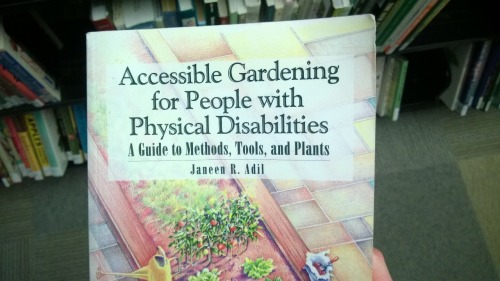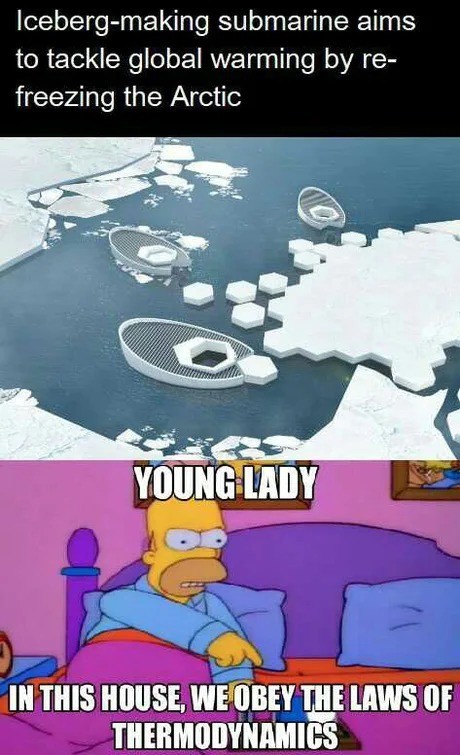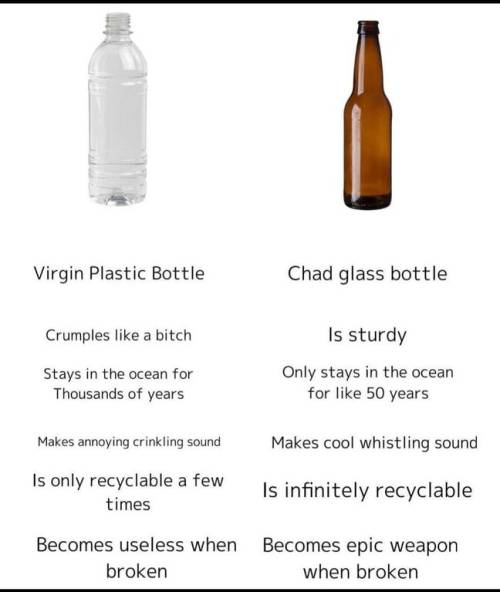Do You Know What I Want? I Want A Game Where You Play The Forces Of Overgrowing Nature, Where You Systematically
do you know what I want? I want a game where you play the forces of overgrowing nature, where you systematically destroy the mansion in the GardenScapes game I keep seeing ads for.
like. let me grow grass up through those perfect tiled patios and algae in the fountain and vines up through those marble statues and pillars cracking them in half. let me plant wildflowers and berries and lure birds and butterflies into the yard.
let me grow trees up through the roofs and on top of those perfect stone walls and crack them and break them down
I will DESTROY IT. WITH NATURE.
no microtransactions, no timed building.
you plant seeds and wait for them to grow, then train them over the top of the walls and wrap around the statues
attract birds and squirrels with water and nesting areas and they’ll bring you seeds
the goal of the game is to get it so quiet and wild that you can support entire ecosystems in what used to be a super colonial classist mansion
the hardest thing in the and is to lure and be able to support a cougar, because it requires the entire property to be FOREST with deer and berry bushes and a stream
there’s also a hidden plot about the rest of the world
it’s the end of oil and the entire world has actually managed to switch over to clean energy, everyone lives in gorgeous green cities and close-knit small towns with super efficient greenhouse agriculture with solar and wind power
all the suburbs and manor-house things have been abandoned because they’re too far away from population centres and there aren’t any cars
there are electric public rail systems in all the cities and between population centres and most people bike and use hover-board drones for transportation
full-on solarpunk
you find this out because there’s a subplot of finding and repairing an iPhone with bits of tech you find in the rubble of the manor house, which you can then access a couple news sites on
but that’s kinda the hidden ending
there are a couple more things like that as well, hidden, like the story of the family who lived in the manor (they were all dicks and economically terrible people which adds even more catharsis to the destruction), some campers that come through if you fit a requirement for scenery, that kind of thing)
More Posts from Green-notebooks and Others

How to make your own low-tech vertical farm
The Belgian professor Willem Van Cotthem seems to have designed a do-it-yourself vertical kitchen garden system that truly deserves the low-tech label. On his blog, “Container gardening”, he explains how to transform normal plastic bottles into efficient containers (and a container rack) for growing all kinds of plants, even young trees (to be transplanted when reaching sufficient height). The beauty is that the water supply can be automated without the use of electricity
Read more…
How much longer until the utopic Solarpunk future where Capitalism is dead and we all live in ecologically sustainable high-tech forest cities? Asking for a friend.
I just jerked out of my midday dissociation and realized that seed bombing a golf course with mint would be the ultimate crime.
Oh my god this is so evil.
I love it.
the ideal of “farms everywhere in every garden!!1!” is a huge selling point of the solarpunk and self-sustainablity communities, especially with farmcore/cottagecore and nature aesthetics being more popular nowadays.
however these posts often overlook a few things
1) we already overproduce food, we don’t need more farms we need better farm and food management.
2) not everyone can farm or wants too. Space, the local environment, disabilities, and lack of interest needs to be acknowledged more. I’m awful with plants no matter how much i love them, and i am certain there are plenty more people who would agree.
3) the idea of farms for everyone and the aesthetic of “everyone having their little plot of land” is not community driven, and sadly comes from a place of colonialism. YES a cute lil cottage with a chicken pen out the back and a garden out the front is cute, but this is not possible for everyone on the planet.
4) NATURAL DIVERSITY IS VERY IMPORTANT. instead of making everyones garden into a food forest, we should aim to grow more native plants and help cultivate the natural environment.
5) not every country is the same, we have our own biodiveristy, and often these posts are *very* american/american based
7 reasons why solarpunk is the most important speculative fiction movement in the last 20 years
It’s hopeful. Solarpunk doesn’t require an apocalypse. It’s a world in which humans haven’t destroyed ourselves and our environment, where we’ve pulled back just in time to stop the slow destruction of our planet. We’ve learned to use science wisely, for the betterment of ourselves and our planet. We’re no longer overlords. We’re caretakers. We’re gardeners.
Scientists are heroes again. And not just physicists and astronomers. Knowledge of biology and earth sciences matter, they’re the building blocks for a future on Earth. Scientific literacy isn’t just for academics – it’s part of daily life. People know how the things they use work, and if they don’t, they can access that information.
It’s diverse. Solarpunk is rooted in using the environment, so it looks different in different places. Alternative energy is best when specific to place (I imagine geothermal, wind, tidal, and hydroelectric energy sources are still used in certain places) so no overarching government system is needed. Communities can organize themselves, taking their own location and needs and history into account. Brazilian, Inuit, Egyptian, Pacific Northwest, and New Zealand solarpunk can all look very different, but be unified in resourceful, intentional, low impact living.
Individuality still matters. In a post-scarcity society, ingenuity and self-expression are not sacrificed on the altar of survival. With solar power there’s no reason not to go off grid, if that’s what you want to do. Communities can self-organize. You can find a community that suits you, or go live by yourself if that floats your boat.
There’s room for spirituality and science to coexist. Solarpunk is rooted in a deep understanding and reverence for natural processes. There’s room for spirituality there, be it pagan, Buddhist, Sufi, Transcendentalism – anything. There’s so much to explore, from nature worship to organized monotheistic religions, and how they interact with solarpunk.
It’s beautiful. The most common solarpunk aesthetic is art nouveau, but again there’s room for diversity, incorporating art styles from multiple cultures in respectful, non-appropriative ways. The most important aspect of solarpunk aesthetic is the melding of art and utility. The idea of intentional living is strong in art nouveau, but it’s not the only art movement with that philosophy.
We can make it happen. Now. Earthships. Permaculture. Aquaponics. Algae lighting. Compostable products that turn into fields of flowers. Buy Nothing organizations. Tiny, beautiful, efficient homes. Solar power cells you can see through. That’s all happening now. Solarpunk is within our grasp, at least on a personal level. I’m not saying there aren’t still big, ugly infrastructures devoted to unethical consumption, but we can start to tear them down. We can build a solarpunk world with stories and small changes. And small changes lead to big changes. That’s the real beauty of solarpunk. It’s not a post-apocalyptic power fantasy. It’s not a wistful daydream, or an elite future only for physicists. It’s something we can work towards right now. It’s tangible.

this book is worth more than a dozen restaurants that grow their own microgreens on the roof










Lamp Plants by Mar de Fe on Etsy
See our ‘nightlights’ tag
Follow So Super Awesome: Facebook • Pinterest • Instagram


Is also musical instrument
-
 love-and-be-loved liked this · 2 years ago
love-and-be-loved liked this · 2 years ago -
 alterpatorl liked this · 3 years ago
alterpatorl liked this · 3 years ago -
 xavidotron liked this · 3 years ago
xavidotron liked this · 3 years ago -
 templeofshame reblogged this · 3 years ago
templeofshame reblogged this · 3 years ago -
 panquakess liked this · 3 years ago
panquakess liked this · 3 years ago -
 your-grand-adventure liked this · 3 years ago
your-grand-adventure liked this · 3 years ago -
 ultimatelesbianmixtape liked this · 4 years ago
ultimatelesbianmixtape liked this · 4 years ago -
 metalchocolatedoughnut liked this · 4 years ago
metalchocolatedoughnut liked this · 4 years ago -
 gratefulstranger liked this · 4 years ago
gratefulstranger liked this · 4 years ago -
 yuumilo liked this · 4 years ago
yuumilo liked this · 4 years ago -
 song-system liked this · 4 years ago
song-system liked this · 4 years ago -
 cielosphere liked this · 4 years ago
cielosphere liked this · 4 years ago -
 queercowboy13 liked this · 4 years ago
queercowboy13 liked this · 4 years ago -
 hungry4teeth liked this · 4 years ago
hungry4teeth liked this · 4 years ago -
 shortandsweet liked this · 4 years ago
shortandsweet liked this · 4 years ago -
 camblossom reblogged this · 4 years ago
camblossom reblogged this · 4 years ago -
 camblossom liked this · 4 years ago
camblossom liked this · 4 years ago -
 all--bi--myself liked this · 4 years ago
all--bi--myself liked this · 4 years ago -
 xidareyoutolovemex reblogged this · 4 years ago
xidareyoutolovemex reblogged this · 4 years ago -
 xidareyoutolovemex liked this · 4 years ago
xidareyoutolovemex liked this · 4 years ago -
 m1sm4tched50cks liked this · 4 years ago
m1sm4tched50cks liked this · 4 years ago -
 mxbitters liked this · 4 years ago
mxbitters liked this · 4 years ago -
 notanrp-wow reblogged this · 4 years ago
notanrp-wow reblogged this · 4 years ago -
 moonfae-art liked this · 4 years ago
moonfae-art liked this · 4 years ago -
 starlightburden reblogged this · 4 years ago
starlightburden reblogged this · 4 years ago -
 lorkhansdick reblogged this · 4 years ago
lorkhansdick reblogged this · 4 years ago -
 lorkhansdick liked this · 4 years ago
lorkhansdick liked this · 4 years ago -
 houdinimouse liked this · 4 years ago
houdinimouse liked this · 4 years ago -
 a-touch-of-yellow liked this · 4 years ago
a-touch-of-yellow liked this · 4 years ago -
 tlhingan-tlhup reblogged this · 4 years ago
tlhingan-tlhup reblogged this · 4 years ago -
 rainbowlack liked this · 4 years ago
rainbowlack liked this · 4 years ago -
 kiara-rose-blackthorn reblogged this · 4 years ago
kiara-rose-blackthorn reblogged this · 4 years ago -
 riotzzzz liked this · 4 years ago
riotzzzz liked this · 4 years ago -
 eater-of-hopes-and-dreams reblogged this · 5 years ago
eater-of-hopes-and-dreams reblogged this · 5 years ago -
 tails-of-a-dragon-rider liked this · 5 years ago
tails-of-a-dragon-rider liked this · 5 years ago -
 ladylolalilly reblogged this · 5 years ago
ladylolalilly reblogged this · 5 years ago -
 imsatansqueen liked this · 5 years ago
imsatansqueen liked this · 5 years ago -
 furiousgemstone liked this · 5 years ago
furiousgemstone liked this · 5 years ago -
 dimples-inc liked this · 5 years ago
dimples-inc liked this · 5 years ago -
 saguaroflower liked this · 5 years ago
saguaroflower liked this · 5 years ago -
 palladium-xerox liked this · 5 years ago
palladium-xerox liked this · 5 years ago -
 handsovereyes liked this · 5 years ago
handsovereyes liked this · 5 years ago -
 websurfingspider liked this · 5 years ago
websurfingspider liked this · 5 years ago -
 blaireisbored liked this · 5 years ago
blaireisbored liked this · 5 years ago -
 milk-carton12 liked this · 5 years ago
milk-carton12 liked this · 5 years ago